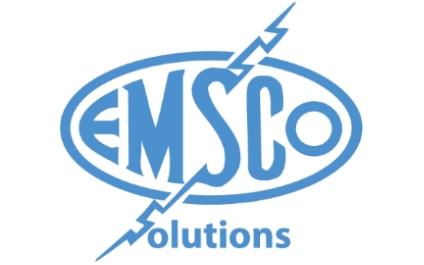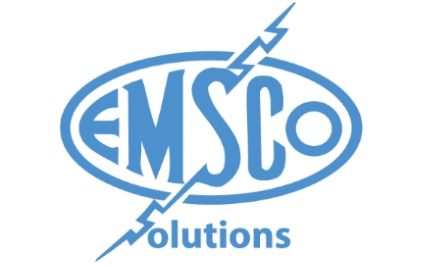 The Health Insurance Portability and Accountability Act (HIPAA) set rules and regulations in 1996 that govern the privacy and security of all protected health information (PHI) and electronic protected health information (ePHI).
The Health Insurance Portability and Accountability Act (HIPAA) set rules and regulations in 1996 that govern the privacy and security of all protected health information (PHI) and electronic protected health information (ePHI).
These rules about the privacy of security are now more strictly enforced than in previous times. Home healthcare facilities in Oklahoma City are striving for healthcare IT security by deploying trusted technology solutions that include cloud computing, virtualization, and IT-as-a-Service business models.
Here we’ll look at five best practices to achieve and maintain healthcare IT security.
PHI Inventory
This is a good place to start identifying the quantity and type of information that needs to be secure. By doing this, an organization can determine how they collect, use, store, share and dispose of PHI.
With this information, the home healthcare facility can identify where the risks are for a security breach and plan and develop the best approach to protect PHI. For security purposes, performing a PHI inventory involves knowing where the systems, applications and servers are that collect and use PHI, as well as whom the business owners are.
It is essential the business owners completely understand regulatory requirements and the need to secure PHI, and communicate this information to IT and security staff members.
Security Evaluation
Evaluating your IT security policies and procedures is necessary to verify they are current and reflect any recent changes.
Based on the results of the evaluation, an organization can analyze assets to identify any discrepancies between its current plan for protection and what the HIPAA regulations require.
Risk Analysis
This analysis is related to the PHI data assets that were identified during the inventory and security evaluation. The organization assesses the potential risks for breach of confidentiality, integrity and availability of electronic PHI.
Once the risks are identified, an individualized plan of action is put in place.
Compliance and Mitigation Plan
These plans should include all aspects of the HIPAA Security Rule. Policies and procedures for new technologies such as texting or social media, as well as security at workstations, should be incorporated.
Technical safeguards should include user authentication, access and audit controls for PHI access, as well as encryption when necessary. The actions taken to protect electronically transmitted data should be included as well.
Develop and Maintain a Current Incident Response Plan (IRP)
This is an efficient way for organizations to meet all regulatory requirements and provide guidelines for specific PHI security-related incidents.
An incident response team should be assigned specific roles. The way in which the team will handle an event, conduct and document assessments, notify involved individuals and government agencies should be outlined.
Bottom Line
Healthcare IT security allows Oklahoma City healthcare facilities to ensure a decreased risk of lost data or the ability to securely access necessary PHI from any location. This supports optimal quality and safety in patient care.
What other healthcare IT security policies and procedures does your home health organization have in place? Let us know your thoughts in the Comments box below.
And to follow up on the tips introduced in this article, be sure to download your free Information Technology Guide for Oklahoma City Home Health Care Organizations.


Leave a comment!
You must be logged in to post a comment.